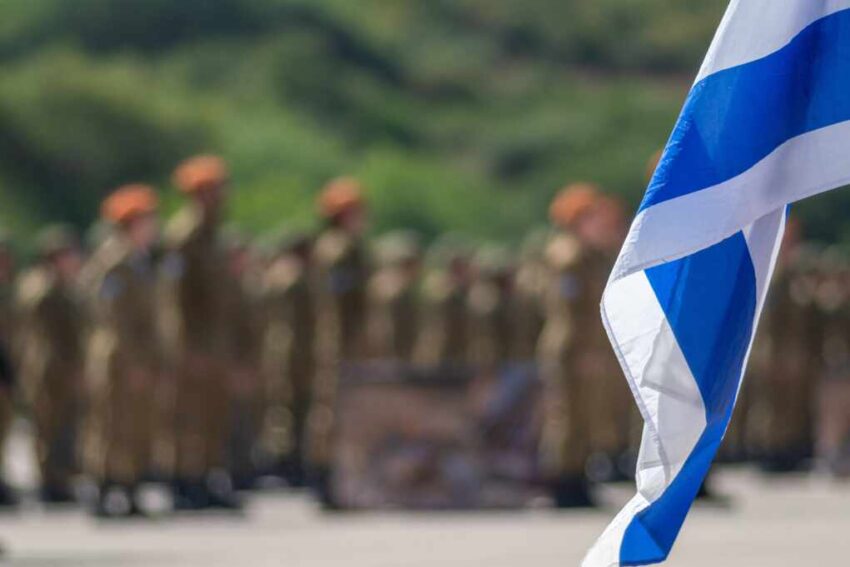A precision Israeli strike killed two senior commanders of Iran’s Quds Force—Saeed Izadi and Behnam Shahriyari—escalating the Iran–Israel war, undermining Iran’s regional proxy operations, and raising the stakes across the Middle East.
At a Glance
- On June 21, 2025, the IAF targeted Saeed Izadi’s apartment in Qom, killing the head of the Quds Force’s “Palestine Branch”
- Izadi was a key architect behind Hamas’s October 7, 2023 attack, coordinating finances, arms transfers, and strategy
- A separate strike killed Behnam Shahriyari—commander of Quds Force Unit 190, responsible for weapons transfers to Hezbollah, Hamas, and Houthi proxies
- Israeli Defense Minister Israel Katz called the strikes a major intelligence success and a severe setback for Iran-aligned groups
- These hits come amid an intensifying air campaign since June 13 that has killed hundreds in Iran and fueled international calls for de-escalation
Key Targets: Proxy Architects Removed
Saeed Izadi, an IRGC brigadier general, led the Quds Force’s Palestine Branch and was sanctioned by the US and UK for arranging tens of millions of dollars and weapons to Hamas and other militants. The IDF says he helped plan the October 7 massacre and orchestrated proxy operations from Lebanon and Gaza. Meanwhile, Behnam Shahriyari, commander of the Weapons Transfer Unit, directed arms supplies to Hezbollah, Hamas, and the Houthis—delivering rockets and missiles in previous conflicts.
Watch a report: Israel’s Air Force Hits Quds Force Heads.
Israel Katz described the killings as a “major achievement” that degrades Iran’s operational reach and weakens the “Axis of Resistance”—an informal regional network led by the Quds Force.
Strategic Implications & Wider Conflict
These strikes mark the continued execution of “Operation Rising Lion,” Israel’s campaign targeting Quds Force leadership and proxy infrastructure. Since June 13, Israel’s airstrikes have reportedly killed over 430 people in Iran, injured thousands, and struck key military and nuclear sites, while Iran’s counterstrikes have resulted in at least 24 Israeli civilian deaths.
Global calls for restraint have emerged from Turkey, Russia, and China, as Iran vows no nuclear negotiations under threat and America weighs involvement. Iran’s foreign minister emphasized diplomacy is off the table amid “bombardments,” and US leadership is monitoring whether to enter the conflict.
These decapitations may momentarily disrupt Iran’s proxy warfare apparatus, but risk provoking escalation via retaliatory strikes from aligned factions. The removal of these commanders underscores the dangers of direct military actions—potentially provoking deeper regional instability.
What Comes Next?
Israel suggests this could shorten the war in Gaza and weaken Iran’s proxy networks. But Iran may retaliate with missile or drone attacks across the region—or use its nuclear program as leverage. With regional tensions spiking and casualties mounting, diplomats must weigh aggressive military tactics against risk of wider conflagration.
Today’s strikes may shift the battlefield—but the broader war’s dynamics remain deeply uncertain.
Click this link for the original source of this article.
Author: Editor
This content is courtesy of, and owned and copyrighted by, https://thecongressionalinsider.com and its author. This content is made available by use of the public RSS feed offered by the host site and is used for educational purposes only. If you are the author or represent the host site and would like this content removed now and in the future, please contact USSANews.com using the email address in the Contact page found in the website menu.








